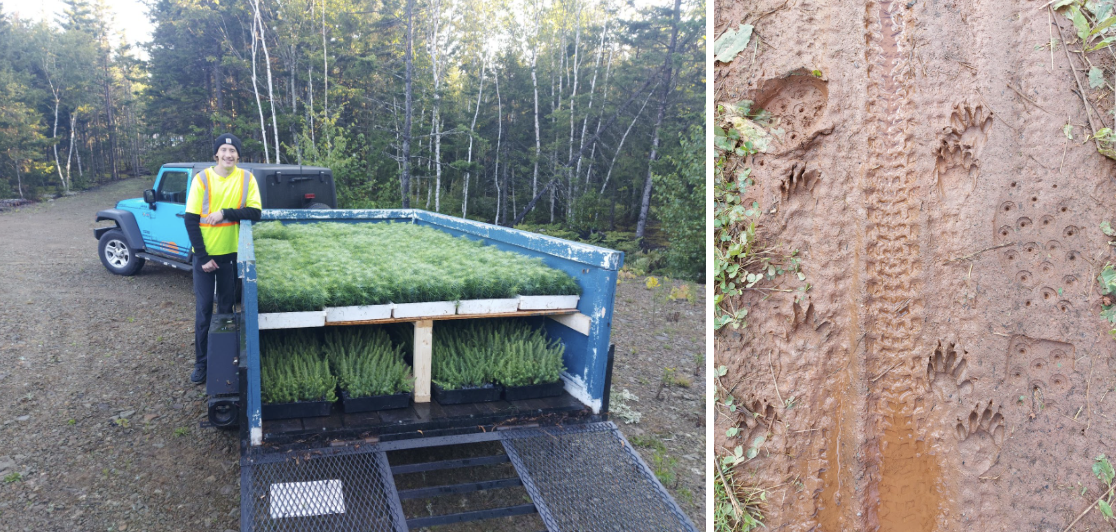Hedge 138: The Robustness Principle
Most network engineers take it as a “given” that the robustness principle is the “right way” to build protocols and networks—”be conservative in what you send, and liberal in what you receive.” The idea behind the robustness principle is that implementations should implement specifications as accurately as possible, but they should also accept malformed and otherwise erroneous data, process the best they can, and drop the bits they cannot process. This should allow the network to operate correctly in the face of defects and other failures. A recent draft, draft-iab-protocol-maintenance/, challenges the assumptions behind the robustness principle. Join Tom and Russ as they discuss the robustness principle and its potential problems.



